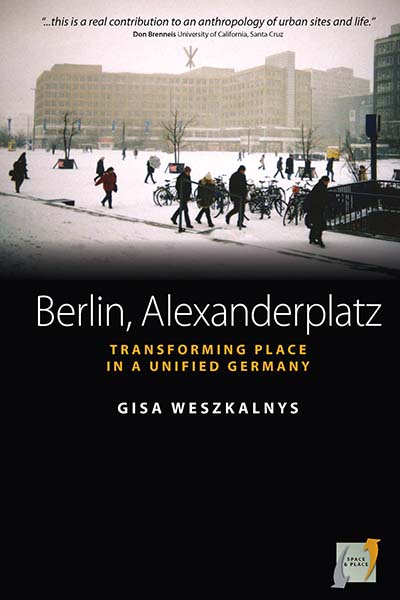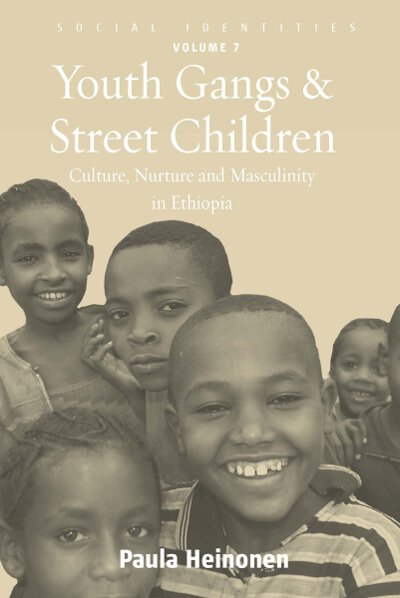In 1990s Germany, Alexanderplatz, a centuries-old public square and transportation hub in Berlin, was seen a site in need of updating. Plans to improve the space, which were a part of post-unification revitalization, are central to Gisa Weszkalnys’ Berlin, Alexanderplatz: Transforming Place in a Unified Germany, which was published as a paperback late last year. Following is an excerpt from the volume, which gives insight into the collaborative process of the planned update.
____________________

In the early 1990s, Alexanderplatz was identified as a problem of urban design. A solution was to be found through an urban design competition, launched by the Senat’s Administration for Urban Development (SenStadt) in 1993. The winning design was to provide the basis for future constructions in the square. Following the competition, the Berlin Senat proceeded to establish a public-private partnership and to sign so-called urban development contracts with prospective investors.
Continue reading “Urban Update: Alexanderplatz Seen as a Site to Improve”

 The celebrated volume of anthropologist Mary Douglas, Purity and Danger (1966), broke ground with its discussion of cleanliness, dirtiness, and sacred ritual. Editors Rivke Jaffe and Eveline Dürr took this up in their 2010-published
The celebrated volume of anthropologist Mary Douglas, Purity and Danger (1966), broke ground with its discussion of cleanliness, dirtiness, and sacred ritual. Editors Rivke Jaffe and Eveline Dürr took this up in their 2010-published 



 the 1990s under the stewardship of the city’s first directly elected mayor, former communist Antonio Bassolino. Through the study of two major piazzas and a squatted centro sociale (social centre), the book explores the pivotal role of public space in the administration’s efforts to reorder and redefine a city that had hitherto been commonly regarded as an urban outcast. It thus sets out to investigate how changes to the built environment were, on the one hand, produced and publicly endorsed and, on the other, experienced and contested by different groups of people. Understanding public space means grappling with the messy and perhaps ugly pluralism that constitutes urban life, rather than unwittingly confirming normative and institutional ideals about a ‘good’ (and, especially in the case of Naples, ‘well-behaved’) city.
the 1990s under the stewardship of the city’s first directly elected mayor, former communist Antonio Bassolino. Through the study of two major piazzas and a squatted centro sociale (social centre), the book explores the pivotal role of public space in the administration’s efforts to reorder and redefine a city that had hitherto been commonly regarded as an urban outcast. It thus sets out to investigate how changes to the built environment were, on the one hand, produced and publicly endorsed and, on the other, experienced and contested by different groups of people. Understanding public space means grappling with the messy and perhaps ugly pluralism that constitutes urban life, rather than unwittingly confirming normative and institutional ideals about a ‘good’ (and, especially in the case of Naples, ‘well-behaved’) city. Post-Cosmopolitan Cities: Explorations of Urban Coexistence
Post-Cosmopolitan Cities: Explorations of Urban Coexistence
